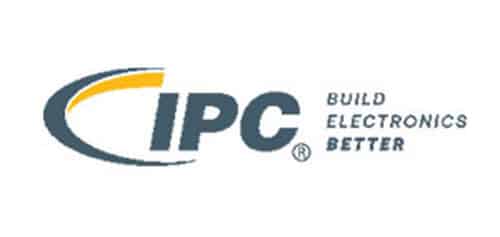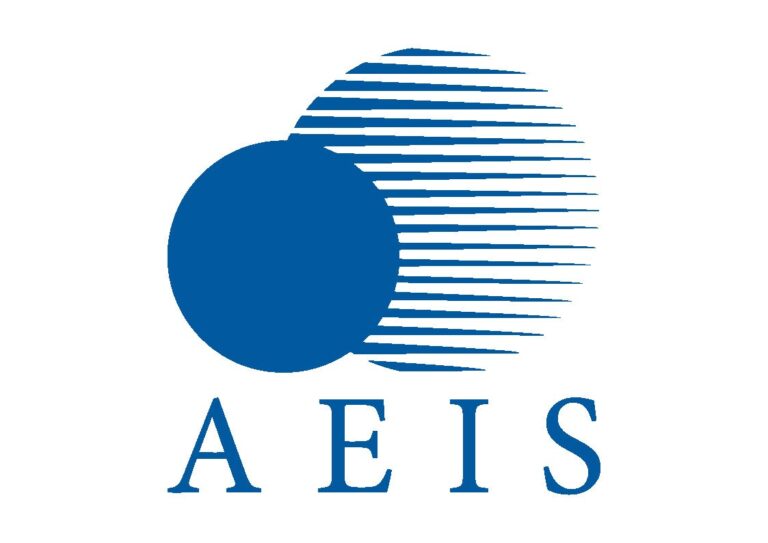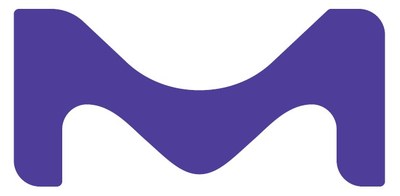The leading science and technology company, Merck launches a new line of complementary green solvents for use in photolithographic processes in semiconductor manufacturing.
There is a global increase in demand for electronic devices which has propelled the growth of the semiconductor industry, thereby augmenting the growth of wafer cleaning solvents and equipment. AZ 910 Remover is a new line of formulated, non-NMP based chemistries designed for faster dissolution of photoresist patterns in a cost-effective way. Its outstanding environmental footprint, simple usage in a broad variety of tools and excellent resist-dissolution performance is making a huge impact in the semiconductor wet chemical market.
“Merck has developed an innovative, cost-effective solution to support our customers with their advanced cleaning needs integral to realizing next-generation chips. AZ® 910 Remover is capable of stripping the resist using less than three times the solvent volume, saving customers money, and reducing the environmental footprint of materials entering the global waste stream. Sustainability is an essential element of our corporate strategy and we are committed to developing products and technologies that create long-term value for our customers while balancing environmental needs,” said Anand Nambiar, Global Head of the Semiconductor Materials business at Merck.
Semiconductor production facilities traditionally use negative-tone photoresists, which undergo chemical reactions (crosslinking) to make the resist more suitable for photolithographic processes. However, this crosslinking makes the resist more difficult to dissolve and remove, impacting both the business and the planet. The formulated cleans available in the market cannot meet the increasing industry requirements for high-performance, sustainable chemistries that consume fewer solvents.
Targeting the microelectromechanical systems (MEMS), automotive, power IC (integrated circuits), and wafer-level packaging device markets, the AZ® 910 Remover portfolio offers an alternative solution to complex and costly NMP-based chemistries. The innovative product dissolves both negative and positive tone photoresists rather than lifting them from the wafer surface as with current NMP-based offerings. This novel approach cuts the removal process time in half, extends chemistry and filter lifetimes, and allows manufacturers to realize a significant improvement in their cost of ownership without investing in high-end removers required for advanced processors.
“The unrivaled dissolving performance is a major advantage for customers looking to reduce product costs and improve production throughput,” adds Anand Nambiar. “The product’s purely green chemistry dramatically improves the environmental footprint of each production facility, allowing customers to simplify their wet chemical processes. With just a single gallon of AZ® 910 Remover, users can clean more than 250 8-inch wafers with 80% coverage of a negative-tone resist. It’s not possible to achieve anywhere near these kinds of results with existing solutions.” High-purity cleans are critical components in the chip-making process. When materials are transferred onto a silicon wafer, a meticulous cleaning step is needed after every application to remove unwanted residues from the wafer. As chips continue to shrink, the demand for advanced, high-performance, and environment-friendly cleans is growing.
Merck is an important player in the fast-growing semiconductor cleans market with a broad portfolio of solutions covering all steps of the photolithography process. This offers a unique opportunity to innovate and develop breakthrough products that meet the identified challenges in the cleans marketplace.










